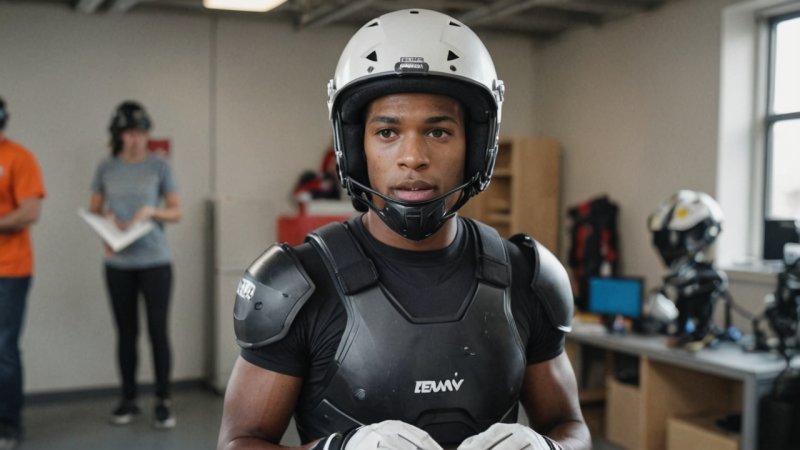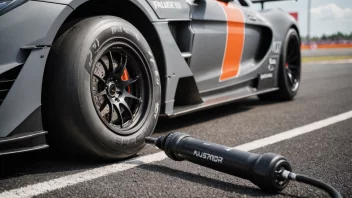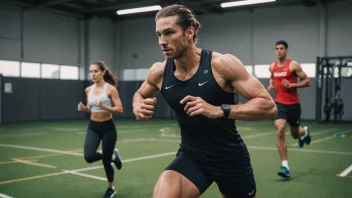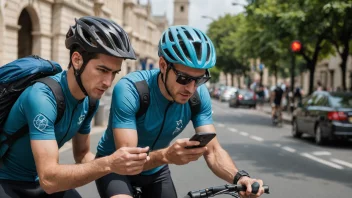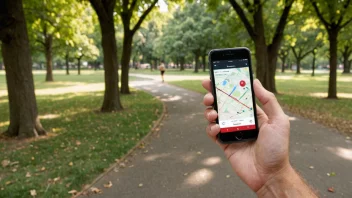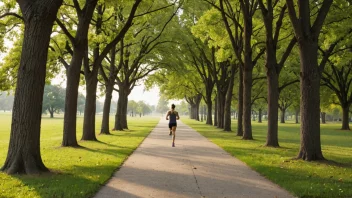In the world of sports, the safety of athletes is paramount. With the rapid evolution of digital communication, social media has emerged as a powerful tool for raising awareness about athlete safety. This article explores how social media platforms have significantly impacted the conversation surrounding protective gear, injury prevention, and overall athlete well-being.
Social media platforms, such as Twitter, Instagram, and Facebook, have become essential in disseminating information quickly and efficiently. Athletes, coaches, and sports organizations use these platforms to share insights about safety practices, protective gear, and the importance of injury prevention. This real-time communication fosters a culture of safety that was previously difficult to achieve.
One of the primary advantages of social media is its ability to connect athletes with experts and fellow competitors. For instance, athletes can share their experiences regarding specific injuries and the safety equipment they have used. This peer-to-peer interaction offers invaluable firsthand accounts that can inform others about the effectiveness of various protective gear, such as helmets and visors.
Moreover, social media campaigns and hashtags dedicated to safety awareness have gained traction in recent years. These initiatives encourage athletes to prioritize their health and safety, and provide a platform for discussing critical issues like concussion protocols and proper training techniques. By uniting under common causes, athletes can amplify their voices, urging sports organizations to implement better safety measures.
Additionally, the role of influencers and prominent figures in the sports community cannot be overlooked. Many athletes with substantial followings use their platforms to promote safety awareness. Their endorsements of specific safety measures or equipment can significantly influence the attitudes of younger athletes. This celebrity influence can lead to widespread recognition of the importance of safety in sports, ultimately resulting in a more informed and cautious generation of athletes.
While the benefits of social media in promoting safety awareness are clear, there are also challenges. The spread of misinformation can lead to confusion regarding safety practices. Athletes may come across unverified advice or dubious safety equipment claims. Therefore, it is crucial for athletes and coaches to critically evaluate the information shared on social media and rely on reputable sources for guidance.
In conclusion, social media has become a vital component in raising awareness about athlete safety. By facilitating communication, fostering peer support, and leveraging the influence of prominent athletes, social media has the potential to significantly improve the landscape of sports safety. As the conversation continues to evolve, it is essential for athletes to engage with and critically assess the information shared online, ensuring they prioritize their health and safety above all else.
